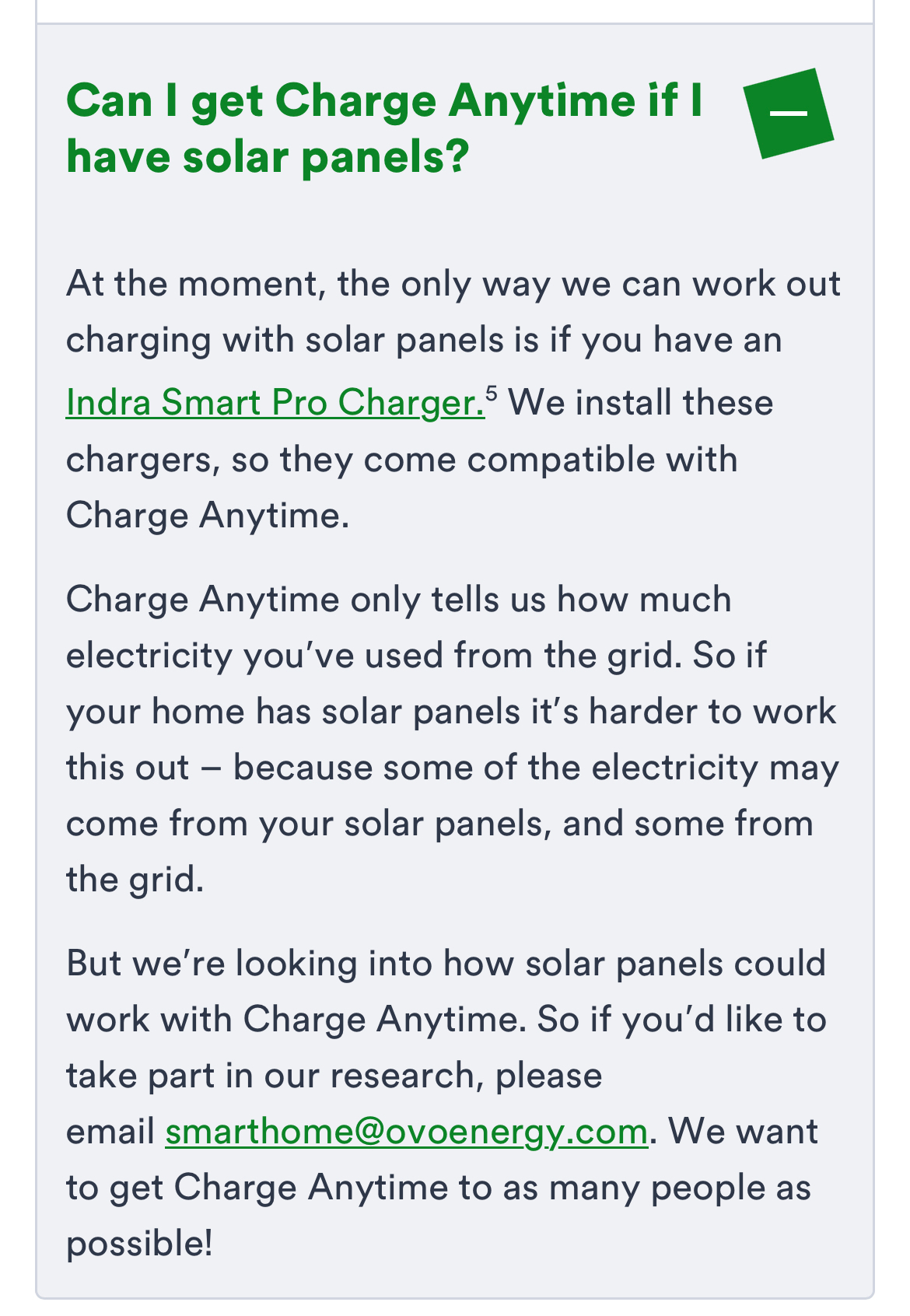There are a few pieces of feedback elsewhere from battery users (Merged into this thread)
One thing to bear in mind is that you never have enough battery storage so whatever you think you need , double it!
We have had battery storage now for 2 years and it has helped our solar PV efficiency tremendously.
One thing to think about is the maximum kw draw on your system. This is usually when multiple things get switched on together. In our case it would be an electric shower, kitchen appliances (oven, air fryer etc) and other general equipment such as hair dryers, washing machines and tumble dryers.
Even with solar active (less so in the winter), the capacity of your inverter to supply the whole household power is significant so it is useful to understand and plan for a system expansion.
We have already doubled our battery capacity and are planning to increase this again very soon. The unfortunate thing at present is that any retrofit battery system does not fall into the 0% vat category - although that is under consideration.













